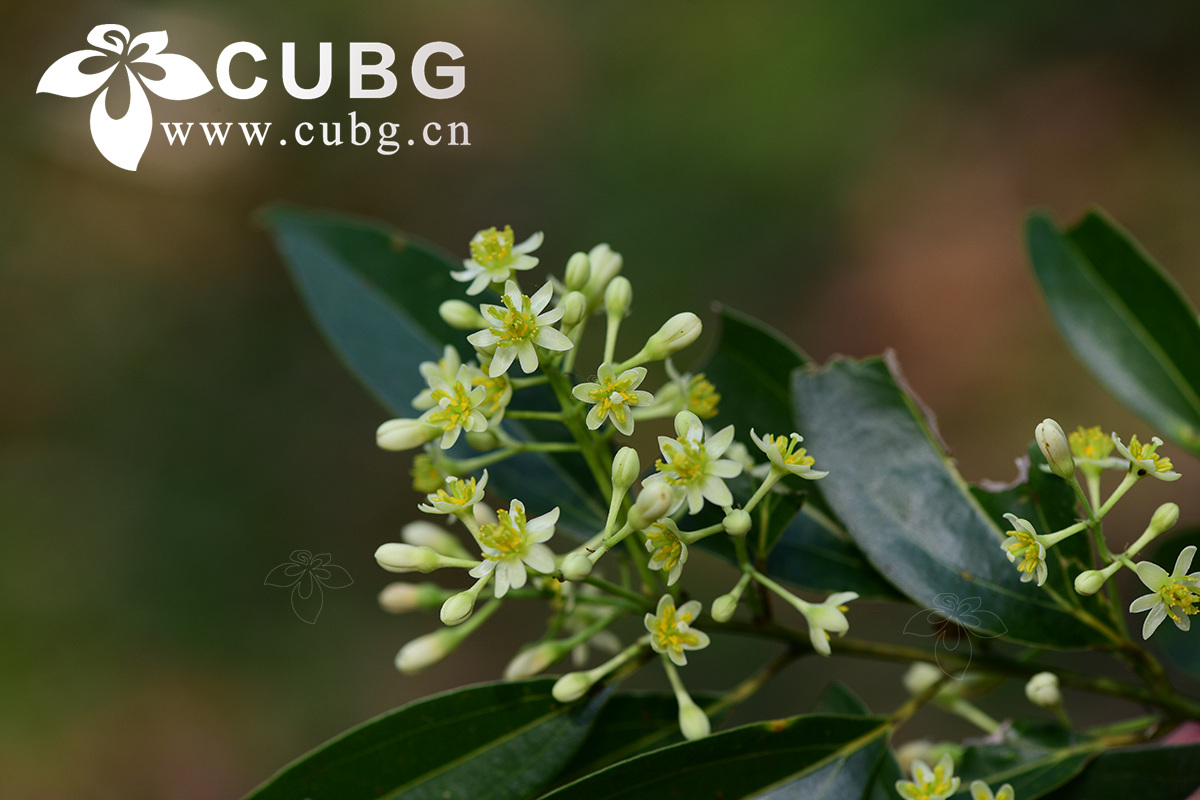Lauraceae, a globally significant woody plant family, encompasses ecologically critical and economically valuable species such as cinnamon, avocado, and bay laurel. While substantial progress has been achieved in deciphering the family's phylogeny, taxonomic relationships, and biogeographic patterns over the past two decades, critical knowledge gaps persist in understanding this evolutionarily complex group.
In a study published in Plant Diversity, an international team of researchers systematically reviewed contemporary breakthroughs in Lauraceae systematics. Cutting-edge phylogenetic and phylogenomic approaches have revolutionized taxonomic delineation, leading to the formal recognition of nine tribes: Hypodaphnideae, Cryptocaryeae, Cassytheae, Neocinnamomeae, Caryodaphnopsideae, Mezilaureae (newly proposed), Perseeae, Laureae, and Cinnamomeae.
“This taxonomic reorganization has facilitated the reinstatement of five previously synonymized genera and the identification of six novel genera, predominantly distributed across tropical Asia, the Neotropics, and Madagascar,” said LI Lang, first author of the study.
Furthermore, nuclear genome assembly and comparative genomic analyses have unveiled the molecular underpinnings of metabolic diversification and adaptive evolution within the family. These genomic revelations correlate with paleobotanical evidence documenting a Late Cretaceous radiation followed by Cenozoic expansion.
Modern biogeographic reconstructions reveal a dual evolutionary heritage, with ancestral lineages emerging from both Gondwanan and Laurasian territories. This biogeographic dichotomy has been influenced by the fragmentation of boreotropical flora and recurrent instances of long-distance dispersal events.
Moreover, the research efforts have been geographically disparate. In the Neotropics, fieldwork and taxonomic revisions have been emphasized, with many new species descriptions and revised classifications. Asian studies, on the other hand, have focused more on genomic investigations, historical biogeography, and phylogeography, documenting patterns of Quaternary survival and population expansion.
In spite of recent advances, many systematic relationships remain unresolved and will require new genomic tools and a serious effort to reclassify the group. Therefore, the researchers propose that a multidisciplinary approach that includes innovative sequencing, morphological, and ecological studies is required to understand the complexity of the family. As a foundation for such work, carefully curated and well-annotated collections are needed to ensure taxonomic accuracy and reproducibility.
"The integration of genomics with traditional fieldwork and morphology is now indispensable for comprehending the evolution and diversity of this ecologically and economically significant plant family,” said Prof. LI Jie, one of the corresponding authors.

Flower of a Lauraceae species. (Image by ZHU Renbin)
Contact
LI Jie Ph.D Principal Investigator
Xishuangbanna Tropical Botanical Garden, Chinese Academy of Sciences
E-mail: jieli@xtbg.ac.cn
First published: 7 April 2025

